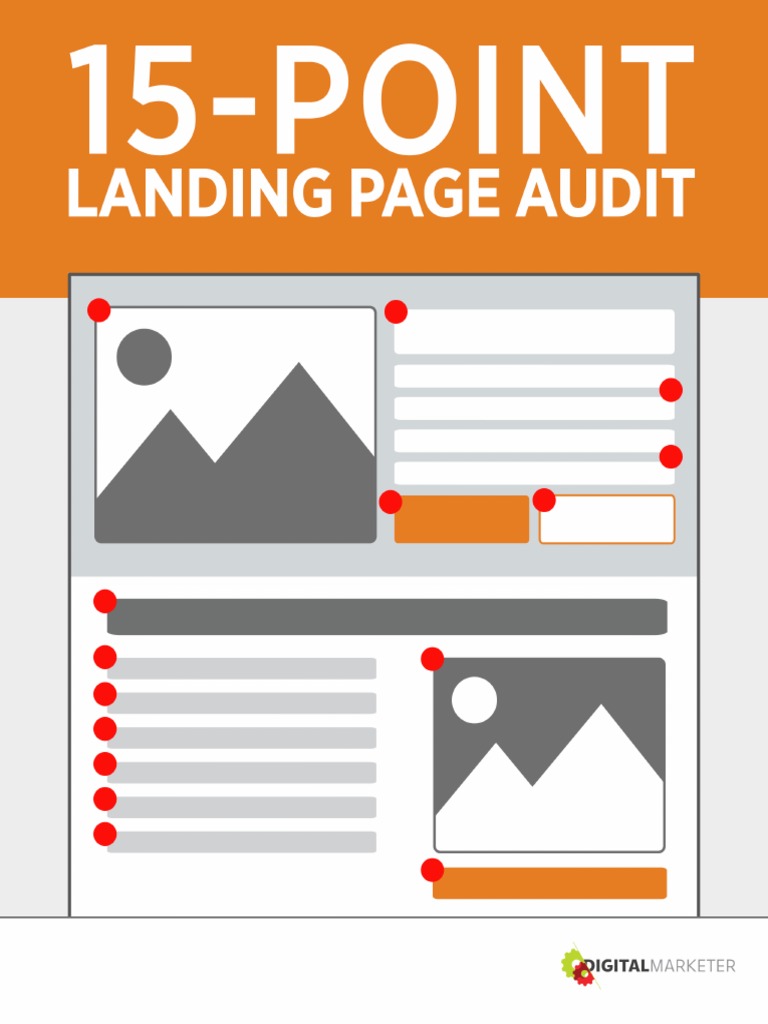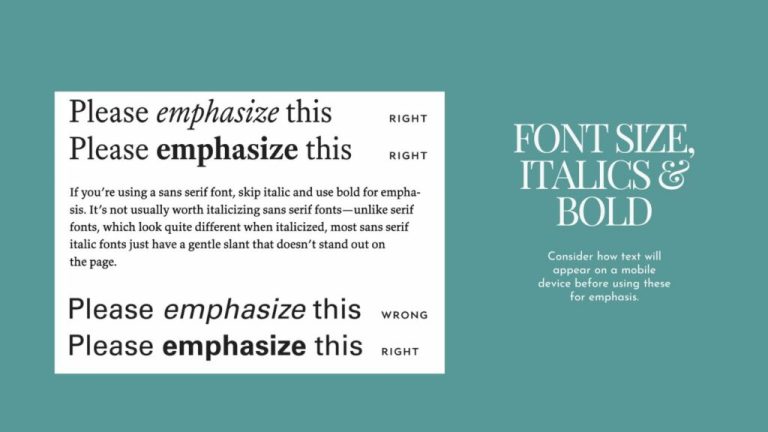
In today’s digital-first world, landing pages are more than just web pages — they’re the gateway to your business. Whether you’re selling a product, offering a service, or collecting leads, your landing page is where potential customers decide whether to take action. In 2025, with search engines becoming increasingly sophisticated and user expectations rising, optimizing landing pages for both conversions and SEO is no longer optional — it’s essential.
This article will walk you through the most effective strategies to create high-converting, SEO-friendly landing pages. You’ll learn how to craft compelling copy, design intuitive layouts, leverage social proof, and ensure your pages load quickly and perform well across all devices. By the end, you’ll have a clear roadmap to boost your conversion rates while improving your search engine visibility.
What Is Landing Page Optimization and Why It Matters
Landing page optimization (LPO) refers to the process of refining a landing page to increase the percentage of visitors who complete a desired action — such as signing up for a newsletter, making a purchase, or downloading an eBook. While this might sound like a marketing tactic, it’s deeply intertwined with SEO.
Search engines like Google prioritize pages that offer value, engage users, and provide a seamless experience. A well-optimized landing page not only improves conversion rates but also signals to search engines that your site is relevant and user-friendly. This can lead to higher rankings, more organic traffic, and ultimately, better business outcomes.
According to a study by HubSpot, companies with 30+ landing pages generate seven times more leads than those with fewer than 10. This underscores the importance of creating multiple, highly targeted landing pages that align with specific campaigns, keywords, and audience segments.
How Landing Page Optimization Impacts SEO Performance
Landing page optimization has a direct impact on several key SEO metrics:
- User Engagement: Pages that keep visitors engaged for longer periods signal to search engines that your content is valuable. Metrics like dwell time, bounce rate, and session duration play a role in how search engines rank your pages.
- Mobile Responsiveness: With over 60% of web traffic coming from mobile devices, ensuring your landing page is fully responsive is critical. Google’s Mobile-First Indexing prioritizes mobile-friendly pages.
- Page Speed: Core Web Vitals, including Largest Contentful Paint (LCP), First Input Delay (FID), and Cumulative Layout Shift (CLS), are now part of Google’s ranking algorithm. Optimizing these metrics ensures your landing pages load quickly and provide a smooth user experience.
- Content Relevance: High-quality, keyword-rich content that answers user intent helps your landing pages rank for targeted searches. This makes it easier for your audience to find your page when they’re looking for solutions to their problems.
By focusing on these factors, you can improve both your conversion rates and your SEO performance — creating a win-win for your business.
Step-by-Step Implementation Framework
1. Define or Audit the Current Situation
Before you start optimizing, take a deep dive into your existing landing pages. Use tools like Google Analytics, Hotjar, or SEMrush to gather data on:
- Traffic sources
- Conversion rates
- Bounce rates
- User behavior (e.g., scroll depth, click paths)
Identify which pages are underperforming and why. Are they slow? Do they lack clear CTAs? Are they not targeting the right keywords?
2. Apply Tools, Methods, or Tactics

Once you’ve identified areas for improvement, apply the following tactics:
- Create a Clear Value Proposition: Your headline should immediately communicate the benefit of your offer. For example, “Get a Free Web Speed Test in 10 Seconds” is more compelling than “Our Website Speed Tool.”
- Simplify Design: Remove distractions like sidebars, unnecessary navigation menus, and excessive text. Use a clean layout with high-contrast colors and a single, prominent CTA.
- Optimize for Core Web Vitals: Ensure your landing pages load quickly and function smoothly. Compress images, use lazy loading, and implement caching.
- Add Social Proof: Include customer testimonials, case studies, and trust badges to build credibility.
- Use Persuasive Copywriting: Focus on benefits rather than features. Instead of saying “Our tool is fast,” say “Speed up your website in seconds.”
3. Measure, Analyze, and Optimize
After implementing changes, track your results using A/B testing tools like Optimizely or Google Optimize. Monitor KPIs such as:
- Conversion Rate
- Time on Page
- Click-Through Rate (CTR)
Continuously refine your approach based on what works. Even small tweaks can lead to significant improvements in performance.
Real or Hypothetical Case Study
Let’s look at a hypothetical case study of a SaaS company that improved its landing page performance:
Company: TechFlow, a project management software provider
Goal: Increase sign-ups for a free trial
Challenge: The original landing page had a cluttered design, unclear CTA, and slow load times.
Solution:
– Simplified the design and removed distractions
– Added a clear, benefit-driven headline and CTA
– Optimized page speed using image compression and caching
– Included customer testimonials and trust badges
Results:
– Conversion rate increased by 42%
– Bounce rate dropped by 30%
– Page load time improved by 50%
This case study highlights how even small, strategic changes can lead to measurable improvements in both conversions and SEO.
Tools and Techniques for Landing Page Optimization
Here are some of the best tools to help you optimize your landing pages:
- Google Analytics 4: Track user behavior, conversion rates, and other key metrics.
- Hotjar: Get insights into how users interact with your landing page.
- Ahrefs or SEMrush: Identify high-performing keywords and optimize your content accordingly.
- Unbounce or Leadpages: Build and test high-converting landing pages without coding.
- GTmetrix or Lighthouse: Analyze and improve your page speed and Core Web Vitals.
- Canva or Adobe Express: Create visually appealing graphics and banners for your landing page.
These tools can streamline your optimization efforts and help you make data-driven decisions.
Future Trends and AI Implications
As we move into 2025, AI and machine learning are set to play an even bigger role in landing page optimization. Here’s what to expect:
- Personalization at Scale: AI can analyze user behavior and serve tailored content, increasing the likelihood of conversion.
- Voice Search Optimization: As voice search grows, landing pages must be optimized for natural language queries and conversational tone.
- Automated A/B Testing: AI-powered tools can run continuous A/B tests and suggest the best-performing variations in real-time.
- Enhanced User Experience: AI can predict user intent and adjust landing pages dynamically to improve engagement.
To stay ahead, focus on building agile, data-driven landing pages that can adapt to changing trends and user preferences.
Key Takeaways
- Focus on a Single CTA: A clear, focused call-to-action increases conversion rates.
- Prioritize Page Speed: Fast-loading pages improve both user experience and SEO.
- Use Benefit-Driven Copy: Speak directly to your audience’s needs and pain points.
- Leverage Social Proof: Testimonials, reviews, and trust badges build credibility.
- Test and Iterate: Continuously monitor and refine your landing pages for maximum performance.
In 2025, the best landing pages are those that combine persuasive design, compelling content, and technical excellence. By following these strategies, you’ll be well on your way to creating landing pages that convert and rank.
Meta Title: How to Optimize Landing Pages for Conversions and SEO in 2025
Meta Description: Learn proven strategies to boost landing page conversions and improve SEO in 2025. From copywriting to page speed, get the ultimate guide to high-performing landing pages.
SEO Tags (5): landing page optimization, conversion rate, SEO tips, page speed, user experience
Internal Link Suggestions: Parameter #12: Core Web Vitals, Parameter #8: Content Strategy, Parameter #15: A/B Testing
External Source Suggestions: https://www.hubspot.com/landing-page-optimization, https://web.dev/learn-more-about-core-web-vitals




